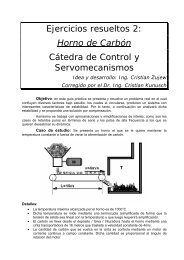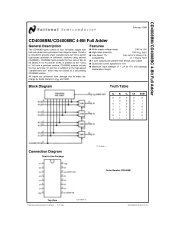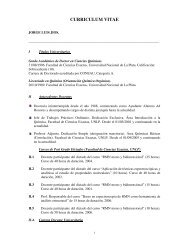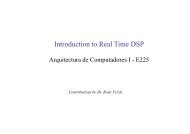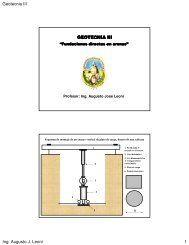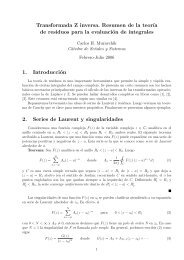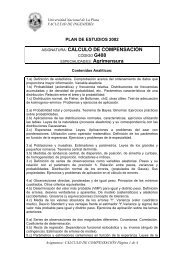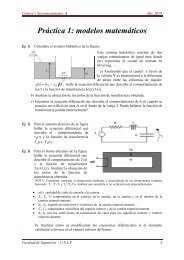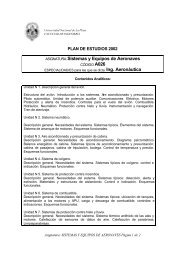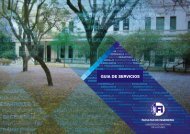ABCs of ADCs - Analog-to-Digital Converter Basics (PDF)
ABCs of ADCs - Analog-to-Digital Converter Basics (PDF)
ABCs of ADCs - Analog-to-Digital Converter Basics (PDF)
Create successful ePaper yourself
Turn your PDF publications into a flip-book with our unique Google optimized e-Paper software.
Clock Noise• Clock Can Add Noise <strong>to</strong> Conversion• Clock Can Be Noisy, Exhibiting Jitter– For Ideal SNR,Max Jitter = V IN(P_P) / (V FS x 2 (n+1) x π x f IN )• Transmission Line– Clock Line Longer Than t r / (6 x Delay)Should Be Terminated47The ADC clock signal can add noise and dis<strong>to</strong>rtion <strong>to</strong> the system if proper care is not taken inits handling.Improper routing <strong>of</strong> the clock line can cause clock noise <strong>to</strong> be coupled in<strong>to</strong> the analog signalchain.A clock signal that has cycle-<strong>to</strong>-cycle variation in its duty cycle is said <strong>to</strong> exhibit jitter. Clockjitter causes an uncertainty in the precise sampling time, resulting in a reduction <strong>of</strong> dynamicperformance. Jitter can result from the use <strong>of</strong> a poor clock source, poor layout and groundingand from energy being coupled in<strong>to</strong> the clock line from other signal sources.The clock line should be treated as a transmission line when its length exceeds the clock risetime/(6 x Delay), where “Delay” is the propagation rate <strong>of</strong> the signal on the board, which isabout 150ps/inch (60ps/cm) on a board <strong>of</strong> FR4 material.<strong>ABCs</strong> <strong>of</strong> <strong>ADCs</strong> - Rev 3, June 2006Authored by: Nicholas “Nick” Gray47Copyright © 2003, 2004, 2006 National Semiconduc<strong>to</strong>rCorporationAll rights reserved



